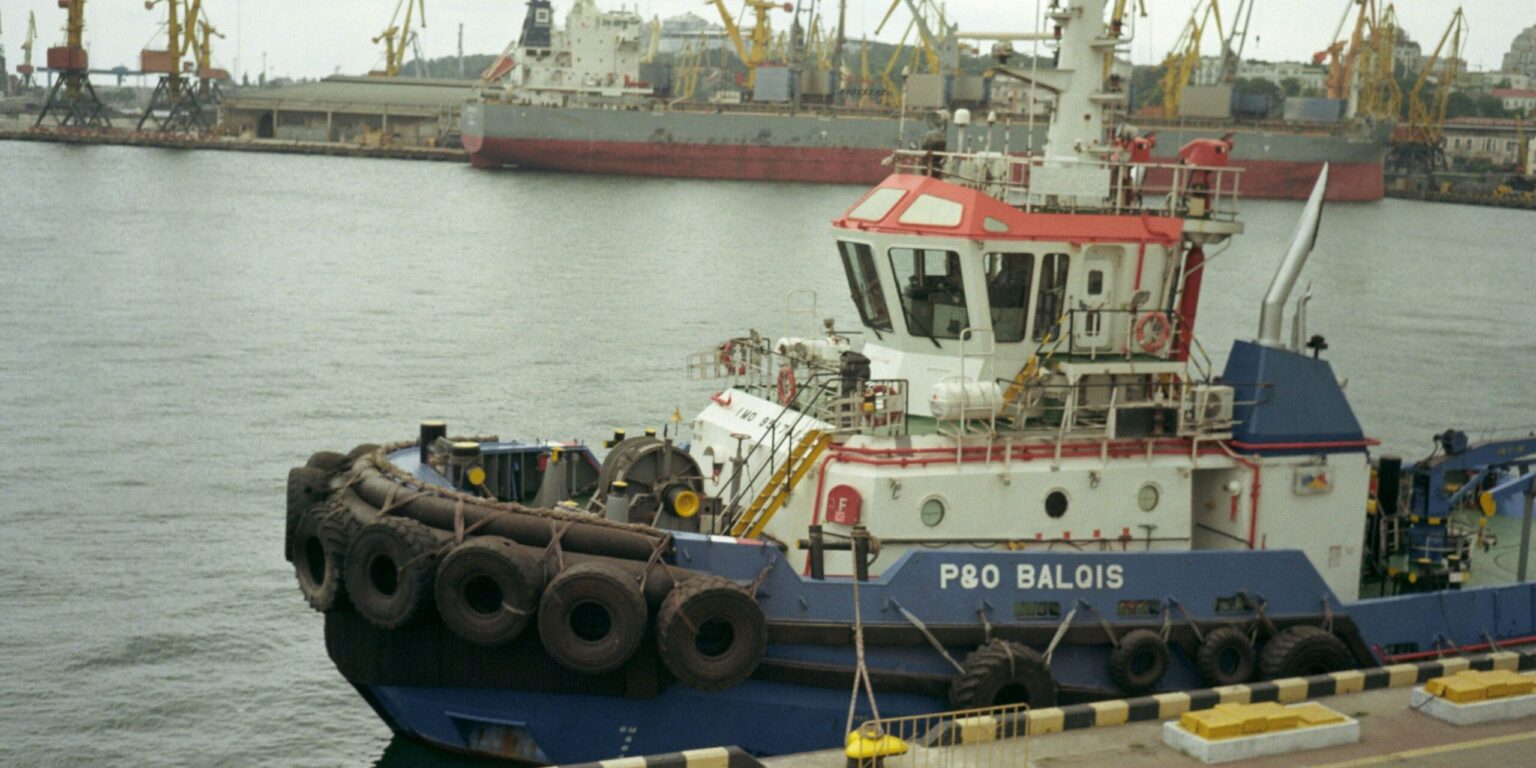Historic ocean liner SS United States embarks on final voyage to Florida coast where it will be transformed into the world’s largest artificial reef following extensive environmental cleanup.
The iconic SS United States, once the pride of American maritime engineering, has arrived in Mobile, Alabama, where it will undergo a comprehensive transformation before being laid to rest beneath the waves as the world’s largest artificial reef. This marks the beginning of a new chapter for the famed ocean liner, which has been docked for decades in Philadelphia.
After over 70 years afloat and a storied history spanning from record-breaking transatlantic crossings to wartime service preparations, the ship is set to bring life to the Gulf of Mexico’s seabed, boosting marine biodiversity and attracting a wave of tourism to Florida’s Emerald Coast.
A New Life for a Maritime Legend
Once the fastest ocean liner ever built, the SS United States is about to assume a new role beneath the surface. The nearly 1,000-foot-long vessel was towed more than 1,800 miles to Alabama, arriving ahead of schedule, and signaling the commencement of a complex ecological project aimed at ocean preservation and economic revitalization.
The vessel’s final destination will be approximately 20 nautical miles off the coast of Destin-Fort Walton Beach, Florida. There, it will be submerged in around 180 feet of water, creating an expansive artificial reef that will support marine life, diving exploration, and recreational fishing.
Local officials estimate that the attraction will generate substantial economic growth, with an expected uptick in tourism supporting local businesses including hotels, scuba diving operators, and fishing charters.
Environmental Cleanup and Structural Modifications
Before the SS United States is deployed to its final resting place beneath the sea, it must undergo a rigorous environmental remediation process. Over the next six to twelve months, crews will remove hazardous materials including fuel residues, wiring insulation, glass, and plastics, ensuring the structure will pose no ecological threat when submerged.
Specialized engineering teams are also preparing the ship’s interior. This includes strategic modifications such as cutting open decks and bulkheads to create water flow channels and safe entry points for marine species and divers. These changes will ensure the ship settles in an upright position on the ocean floor and remains structurally stable for decades to come.
Marine Habitat and Eco-Tourism Impact
Once submerged, the SS United States is expected to become a thriving underwater ecosystem. Marine biologists forecast a rapid colonization by species such as red snapper, amberjack, grouper, and various tuna. The artificial reef will also provide safe havens for coral growth and offer a breeding ground for fish species under threat.
For divers, the reef promises a surreal experience—a submerged cruise liner, with its deck promenades and stairwells now home to schools of fish and coral gardens. The upper levels of the ship will lie about 60 feet below the surface, making it accessible to recreational and professional divers alike.
Economic forecasts suggest the artificial reef could bring in tens of millions of dollars annually in tourism revenue. This would represent a vital economic boon for northwest Florida’s coastal communities.
Honoring a Historic Legacy
Built in 1951 and launched in 1952, the SS United States broke records on her maiden voyage, completing the transatlantic crossing from New York to Europe in just over three days— a record that still stands for an ocean liner. Designed to be converted into a troopship during wartime, she represented Cold War-era dual-purpose innovation.
Following years of service and eventual decommissioning, the vessel faced a long decline, docked on the Delaware River as preservationists fought to save her from scrapping. Multiple redevelopment proposals—including converting her into a museum, hotel, or floating attraction—failed to materialize due to logistical and financial challenges.
Turning the SS United States into an artificial reef was ultimately seen as a sustainable solution that could preserve her legacy while giving her a new ecological role.
Future Memorial and Museum Plans
In addition to the reef, local Florida officials are planning a land-based museum and interpretive center to honor the SS United States’ history. Located in Destin-Fort Walton Beach, this facility will display salvaged artifacts, photographs, and multimedia exhibits chronicling the ship’s remarkable journey.
The museum is expected to enhance public understanding of maritime history while drawing additional visitors to the area. It will also serve as an educational hub, showcasing the ecological importance of artificial reefs and the ongoing efforts to restore marine habitats.
Legal Hurdles and Preservation Disputes
Not everyone has welcomed the decision to sink the SS United States. A preservation group based in New York has filed a lawsuit seeking to block the project, arguing that the ship’s historical significance warrants further preservation or museum conversion rather than submersion.
Despite the legal challenge, project stakeholders insist the reef conversion provides a viable future for the vessel, blending ecological benefit with historical remembrance. They argue that after decades of deterioration and failed funding efforts, the reef project offers a meaningful way to ensure the ship’s story endures—beneath the waves but never forgotten.
